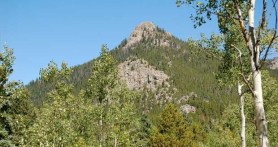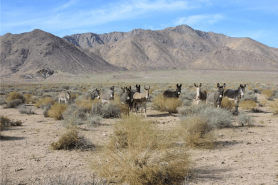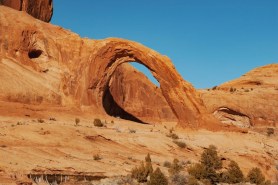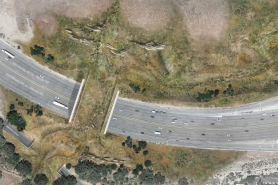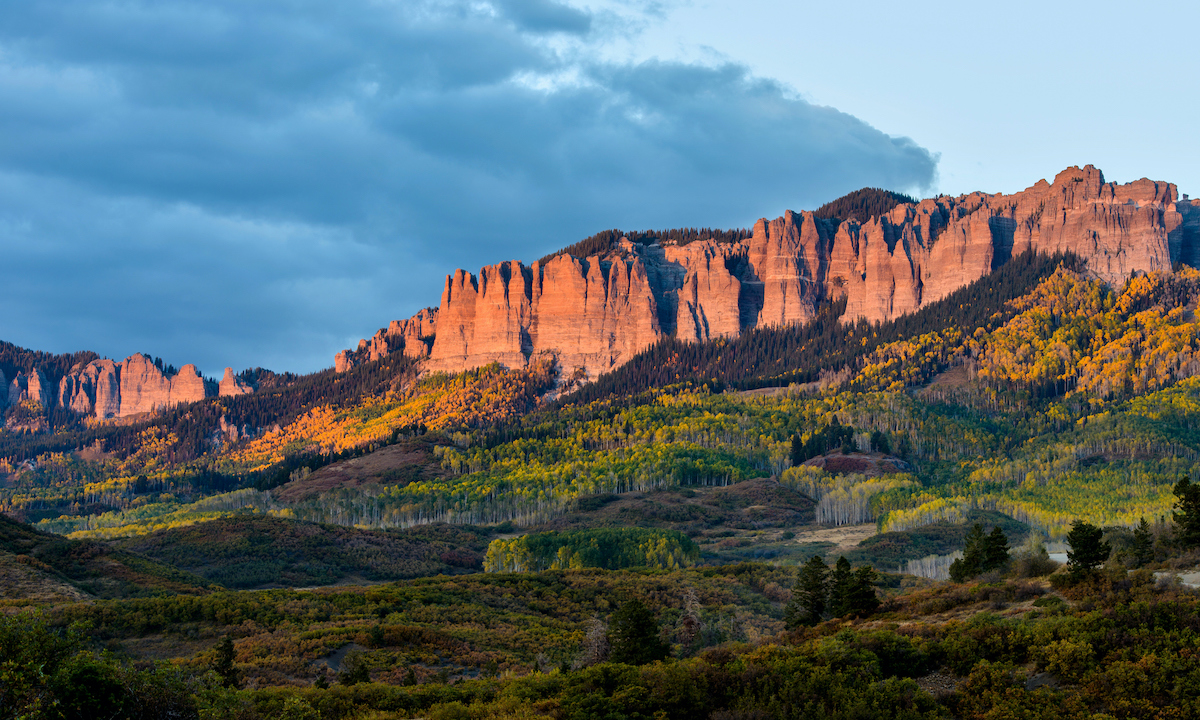

There’s been a lot of public lands news in the media this week, but the latest announcement deserves some special attention. Last Thursday, the Biden administration proposed a new rule that could change the way the Bureau of Land Management (BLM) stewards its 245 million acres of land. If approved, the rule could change the conservation landscape in the U.S. for good.
Videos by Outdoors with Bear Grylls
Rules that target the BLM are a big deal because the BLM is our nation’s single biggest land manager. It currently has jurisdiction over about 10% of the total land area of the U.S., reports the Huffington Post. For context, that’s about as big as Texas and New Mexico combined. If you’ve done much primitive camping in the West, odds are good that you’ve slept on BLM land at least once.
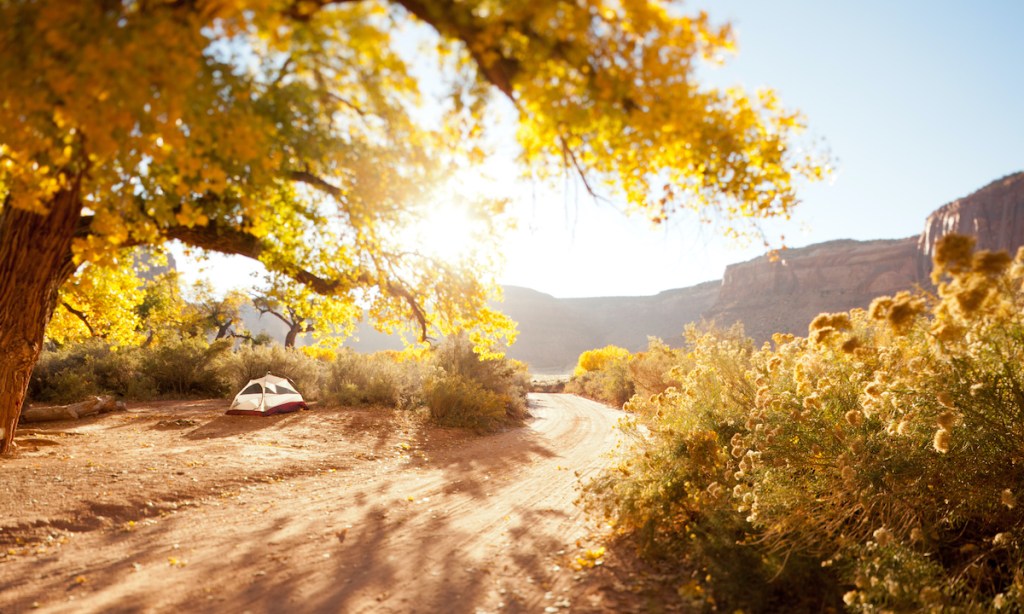
The trouble is that, unlike the National Park Service, the BLM has the flexibility to sell off its resources. While the agency does manage some national monuments, it has prioritized economic profit over conservation in many cases. Most BLM lands have multiple uses—including oil extraction, mining, and livestock grazing. These activities damage native plants and can permanently destroy wildlife habitat. Even livestock grazing can cause erosion and leave native vegetation trampled beyond repair.
Biden’s new rule, dubbed the “Bureau of Land Management’s Public Land Rule” could change that. The proposal aims to bump conservation to the top of the BLM’s priority list. It aims to make ecological health just as important as economic value. It would also require the BLM to conduct high-quality land health assessments before it makes any major management decisions.
If the rule is passed, the BLM will have to “protect intact landscapes, restore degraded habitat, and make wise management decisions based on science and data,” the BLM’s official summary states.

That paradigm shift could have sweeping impacts and change the way the majority of American public land is managed. Which is a good thing. If the Biden Administration is to have any hope of hitting its ambitions 30 by 30 Plan (which aims to protect 30% of U.S. land and water by 2030), it has to loop in the BLM somehow.
“The proposed rule directly responds to the growing need to better manage public lands, waters, and wildlife in the face of devastating wildfires, historic droughts, and severe storms that communities are experiencing across the West,” Secretary Deb Haaland said in the BLM’s press release. “As we welcome millions of visitors to hunt, fish and recreate on our public lands each year, now is the time to improve the health and management of special places.”
Soon, the BLM will launch a public comment period for the rule. If you have strong opinions for (or against) the rule, be sure to keep an eye out for updates at BLM.gov.


